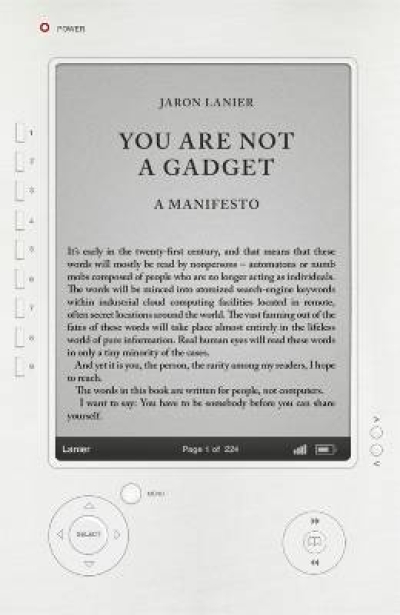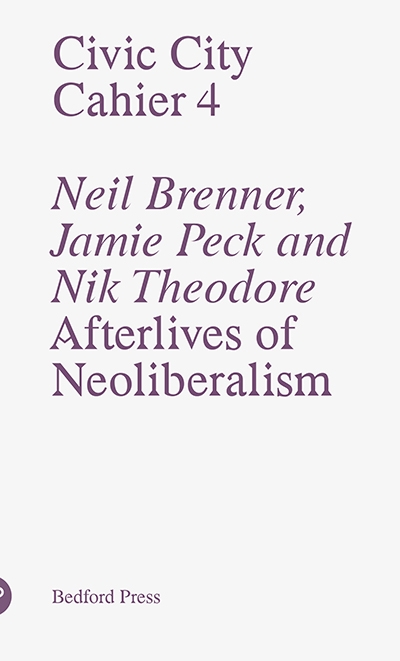
You Are Not a Gadget. A Manifesto
Something went wrong around the start of the 21st century.Individual creativity began to go out of fashion. Music became an endless rehashing of the past. Scientists were in danger of no longer understanding their own research.
Indeed, not only was individual creativity old-fashioned but individuals themselves. The crowd was wise. Machines, specifically computers, were no longer tools to be used by human minds - they were better than humans.
Welcome to the world of the digital revolution.
Yet what if, despite web2.0, despite OpenSource, despite the wisdom of crowds, and the creation of Wikipedia, only people are meaningful? After all, when the printing press was invented, the mechanism was ultimately less impressive than the authors. What if, by devaluing individuals, we are deadening creativity, endlessly rehashing past culture, risking weaker design in engineering and science, losing democracy, and reducing development - in every sphere?
In You Are Not A Gadget, Jaron Lanier, digital guru, and inventor of Virtual Reality, delivers a searing manifesto in support of the human and reflects on the good and bad developments in design and thought twenty years after the invention of the web.
Controversial and fascinating, You Are Not a Gadget is a deeply felt defence of the individual from an author uniquely qualified to comment on the way technology interacts with our culture.

































































































